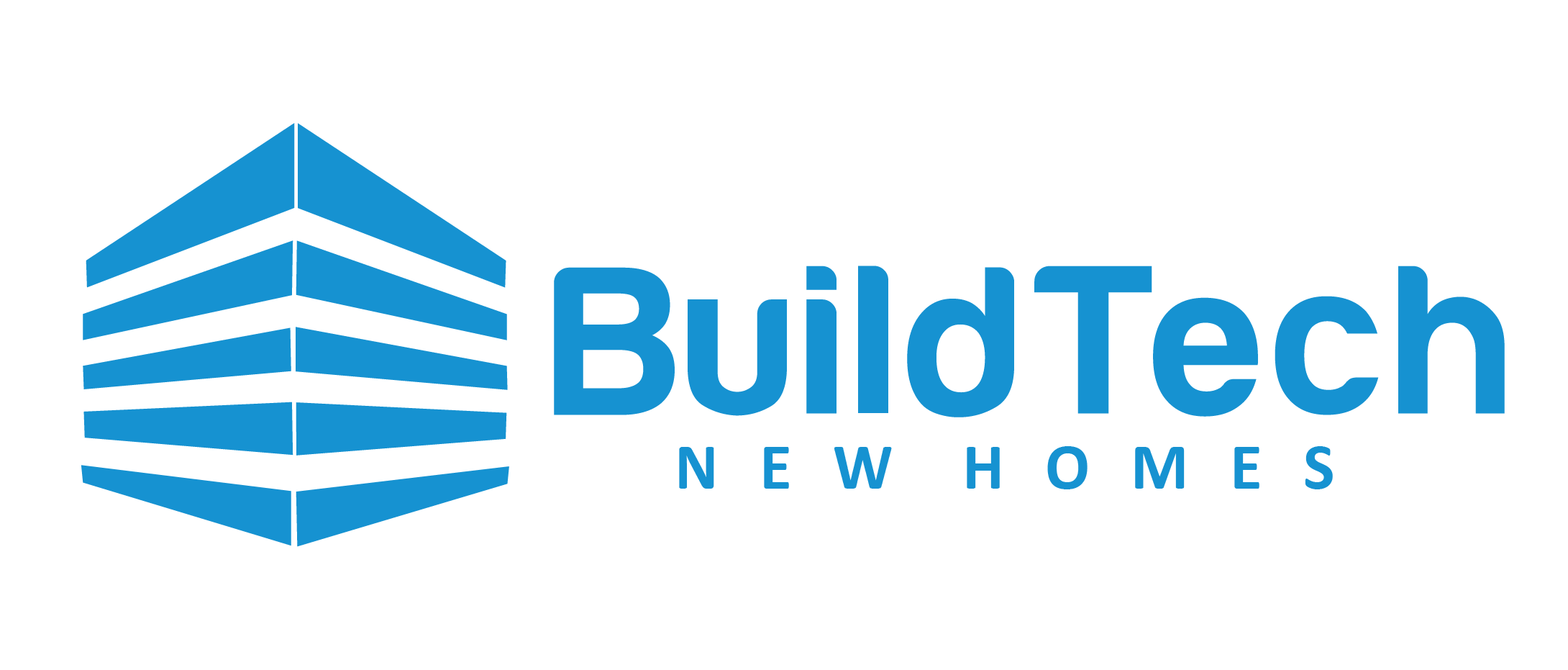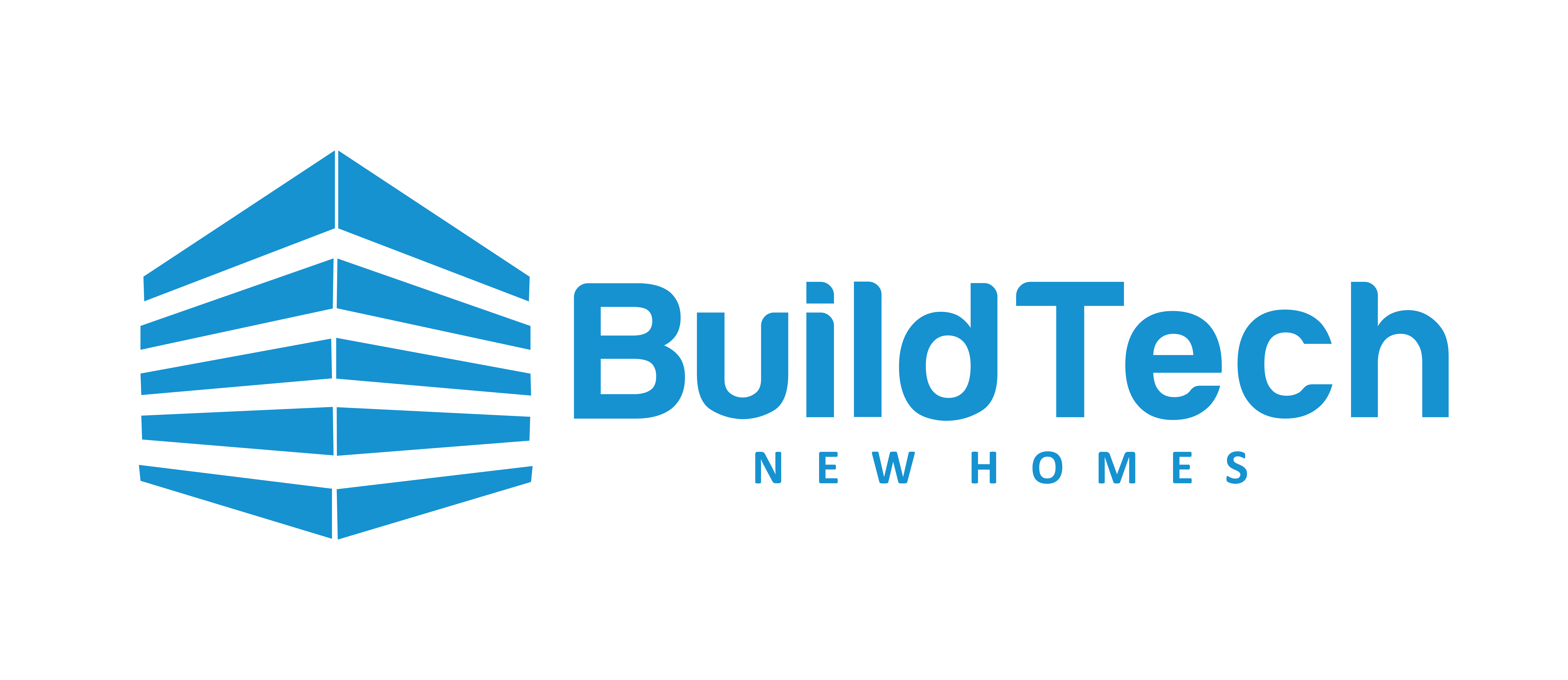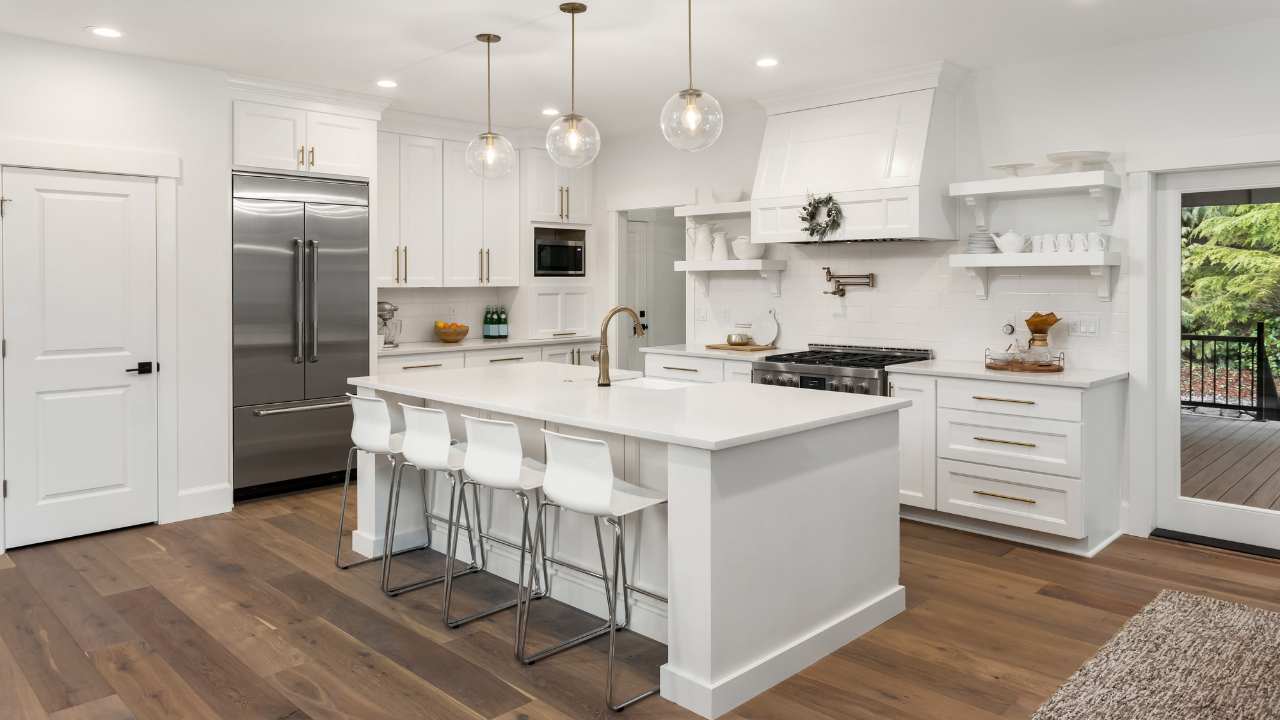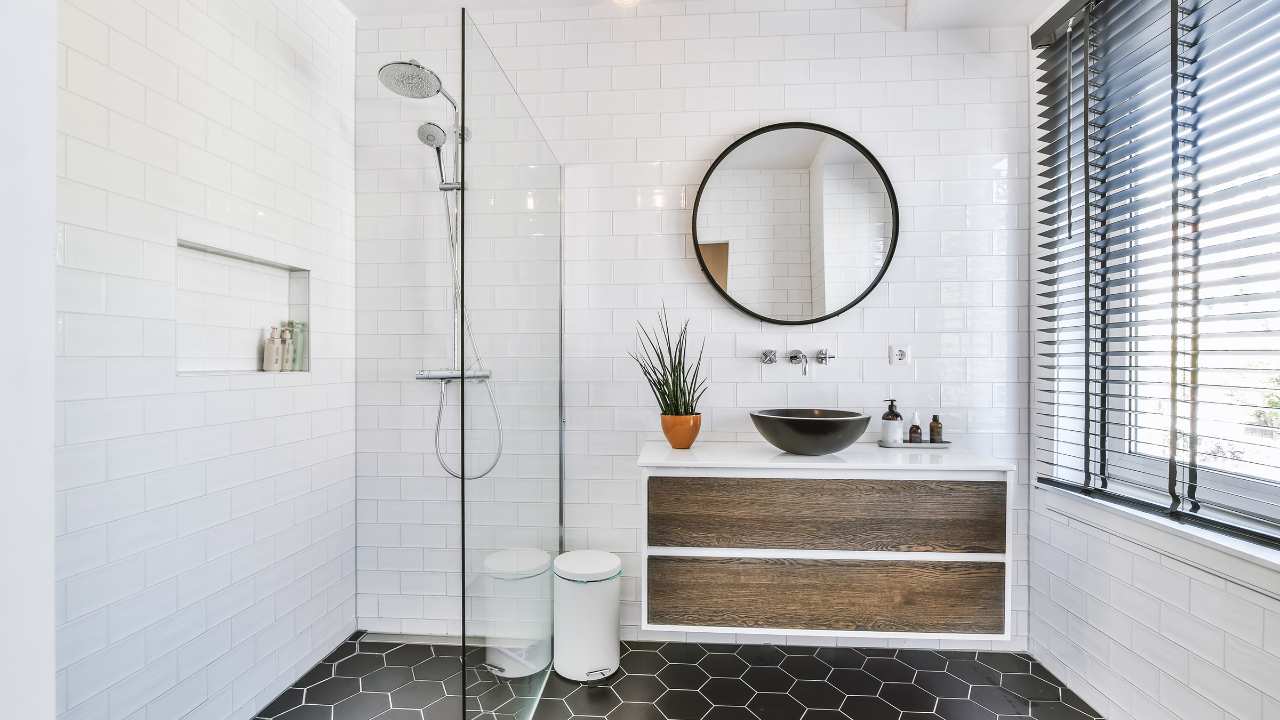Are you planning a kitchen renovation or building a new home but unsure which materials to avoid? Choosing the right materials is essential for creating a functional, durable, and beautiful kitchen but knowing which ones to stay away from is just as important.
Using the wrong materials can lead to problems like water damage, heat-related wear, or even health concerns from poor-quality finishes. Unfortunately, many homeowners unknowingly select products that don’t stand the test of time.
In this blog, we’ll explore the ultimate guide to kitchen materials you should never use and examining why certain options don’t belong in your kitchen.
Why Do Some Common Kitchen Materials Fail So Quickly?
In kitchen construction, many materials fail quickly because they aren’t suited to high-moisture, high-traffic, or heat-intensive environments. For example, low-quality laminates may look good initially but begin to peel or warp when exposed to steam from kettles or cookers. Inexpensive MDF (medium-density fibreboard) used in cabinets can absorb moisture and expand, especially around the sink or dishwasher.
Even some low-cost splashback tiles can crack or fade due to poor heat resistance or weak adhesives. Many budget-focused designs use the same low-grade materials throughout. Over time, this leads to chipped countertops, lifted flooring, and cabinets that weaken or fall apart. Choosing materials without considering durability, water resistance, and maintenance is the biggest reason they fail so fast.
What Is the Ultimate Guide to Kitchen Materials You Should NEVER Use?
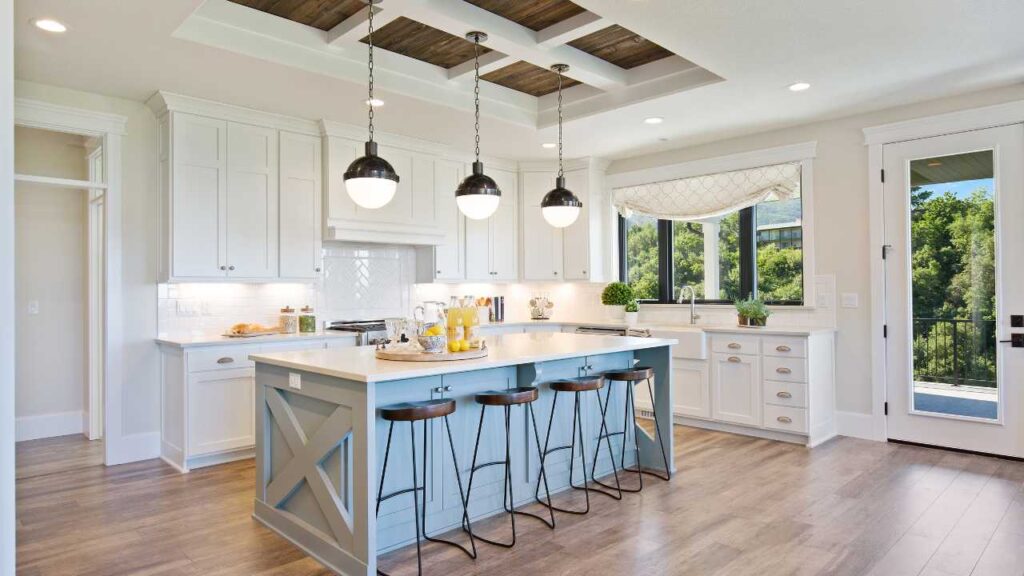
If you’re building or renovating a kitchen, avoiding the wrong materials is essential to ensure durability, hygiene, and long-term value. Here are some kitchen materials that often lead to problems and should be left out of your plans.
Cheap Ceramic
Low-cost ceramic tiles may crack easily under pressure and can’t handle sudden temperature changes. Their glazing often wears off quickly, exposing porous surfaces that absorb stains and moisture. Over time, they lose their shine and start chipping, making them impractical for busy kitchens or splashback zones.
Melamine
Melamine cabinets can easily swell and peel when exposed to steam or heat. While affordable, they scratch easily and lose their finish within a few years. Their moisture resistance is poor, especially in areas near sinks or dishwashers. They may look clean but won’t last in high-use kitchens.
Untreated Aluminum
Untreated aluminum reacts with acidic foods and moisture, causing stains, corrosion, and surface pitting. It also dulls quickly and can leave a metallic residue. In kitchens, unsealed aluminum edges or fittings degrade fast. It’s better to opt for powder-coated or anodised versions when using aluminum components.
Non-Stick Teflon (PTFE)
Teflon-coated surfaces can break down under high heat, releasing fumes and losing their non-stick effect. If scratched, they become ineffective and unsafe. While common in cookware, similar coatings in kitchen panels or liners wear out quickly, making them a poor long-term choice for modern kitchens.
Plastic with Unclear Labelling
Plastic used in drawers, shelves, or splashbacks without clear labelling may contain harmful chemicals like BPA. These plastics can warp or release toxins under heat. If it’s not food-grade or certified, it’s best avoided in kitchens. Safer alternatives include certified plastics, bamboo, or stainless steel for lasting performance.
How Can You Choose Better Kitchen Materials for Long-Term Use?
Choosing better kitchen materials means focusing on durability, moisture resistance, and long-term value. Here are some reliable material choices that combine style with performance for everyday use.
Quartz Countertops
Quartz is non-porous, scratch-resistant, and highly durable. Unlike natural stone, it does not need sealing and resists staining from spills. It offers a polished and uniform appearance while standing up to heat and heavy use. Quartz is a smart investment for long-lasting kitchen worktops.
Solid Wood Cabinets
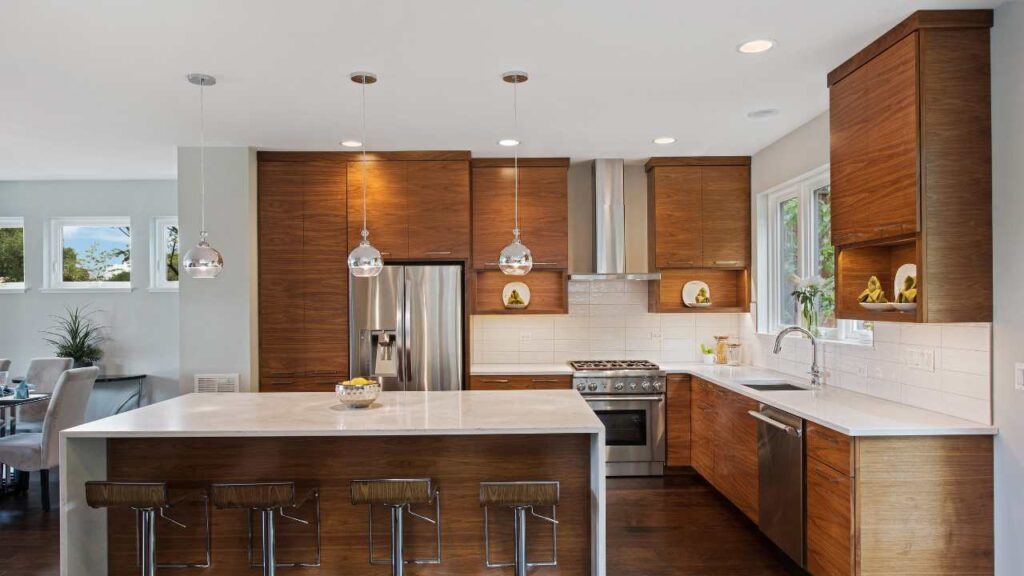
Solid wood cabinets provide strength, warmth, and longevity. With proper sealing and care, they resist wear and moisture-related damage. Hardwoods like oak, maple, and walnut are particularly dependable. They also age well and bring a natural, timeless look to your kitchen.
Porcelain or Stone Tile Flooring
Porcelain and natural stone tiles are moisture-resistant, easy to clean, and ideal for high-traffic kitchens. They do not scratch or dent easily and retain their look for years. Although they cost more upfront, their durability makes them a cost-effective flooring choice in the long run.
Tempered Glass Splashbacks
Tempered glass splashbacks are heat-resistant, non-porous, and simple to maintain. They do not stain, warp, or fade over time. With options to customise colours or finishes, they bring both style and reliability to kitchen walls, especially behind hobs and sinks.
Stainless Steel Fittings
Stainless steel is resistant to rust, corrosion, and staining. It is a popular choice for sinks, taps, and cabinet handles due to its strength and hygienic qualities. With minimal maintenance required, stainless steel is ideal for busy kitchens where reliability matters.
Conclusion
Using the wrong materials in your kitchen can lead to premature damage, costly repairs, and constant frustration. Cheap ceramics, melamine panels, untreated metals, non-stick coatings, and low-grade plastics often fail under heat, moisture, and daily use. Choosing high-quality alternatives like quartz, solid wood, and porcelain tiles ensures your kitchen remains durable, safe, and visually appealing for years to come.
For expertly built kitchens that combine style with long-term performance, contact BuildTech Homes. As Ireland’s trusted new build specialists, we use only premium materials to deliver kitchens that last. Get in touch with BuildTech Homes today to start your project and enjoy a kitchen that’s built for real life.
Frequently Asked Question
What kitchen materials should I avoid for long-term durability?
Avoid materials like cheap ceramic tiles, melamine cabinets, untreated aluminum, non-stick Teflon coatings, and plastics without clear safety labels. These materials can easily crack, swell, discolour, or release harmful substances when exposed to heat and moisture.
Why is melamine not recommended for kitchen cabinets?
Melamine is affordable but not moisture-resistant. In kitchens, steam and humidity can cause it to swell, peel, or warp over time. It also scratches easily and doesn’t hold up well in high-use areas, making it a poor long-term investment.
Are plastic kitchen components safe to use?
Not always. Plastics without proper food-grade or safety certification may contain harmful chemicals like BPA or phthalates. These can leach into your environment when exposed to heat, making them unsuitable for long-term kitchen use.
Why should I avoid untreated aluminum in kitchen designs?
Untreated aluminum can react with moisture and acidic substances, leading to corrosion, surface damage, and an unappealing metallic residue. Anodised or powder-coated aluminum is a safer, more durable alternative for trims or fittings.
Is non-stick Teflon (PTFE) harmful in kitchen construction?
Yes, especially under high heat. Teflon can release fumes when overheated and its surface degrades easily if scratched. It is not a good choice for any kitchen finishes or panels that may face frequent use or temperature changes.
How do I choose safe and durable materials for my kitchen?
Focus on non-porous, heat- and moisture-resistant materials such as quartz, tempered glass, porcelain tiles, solid wood, and stainless steel. These materials offer a combination of performance, safety, and low maintenance for long-term use.
